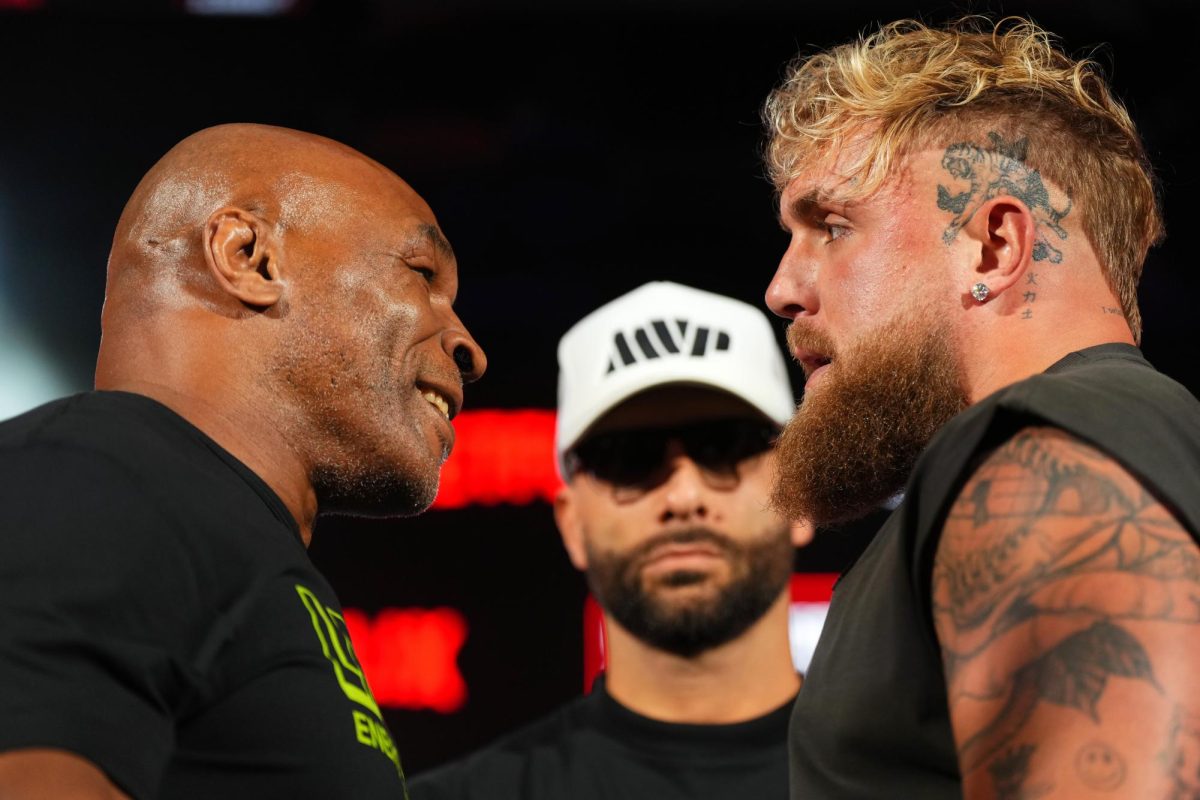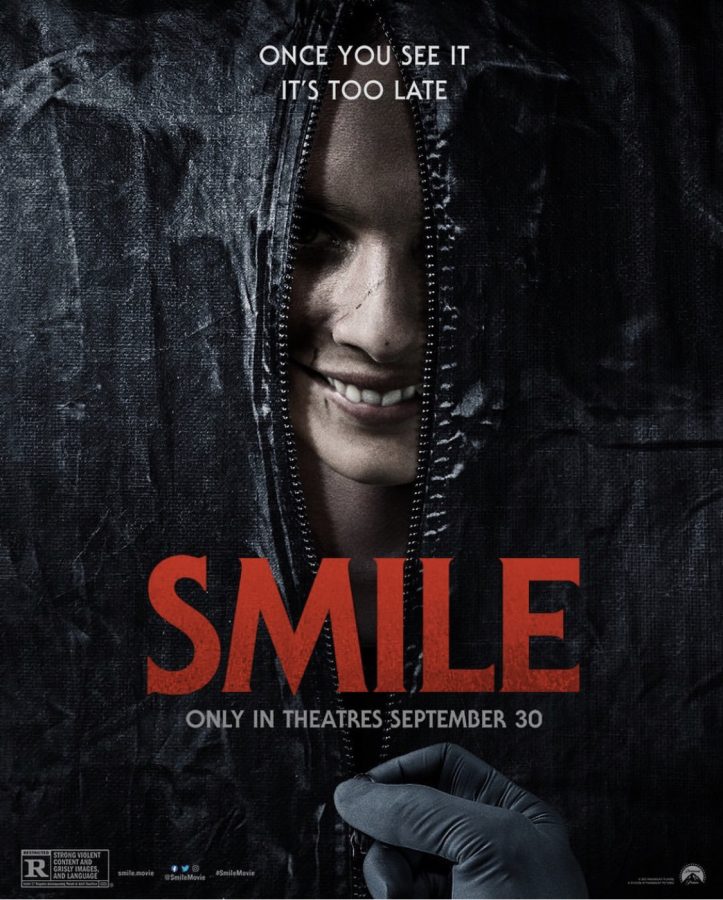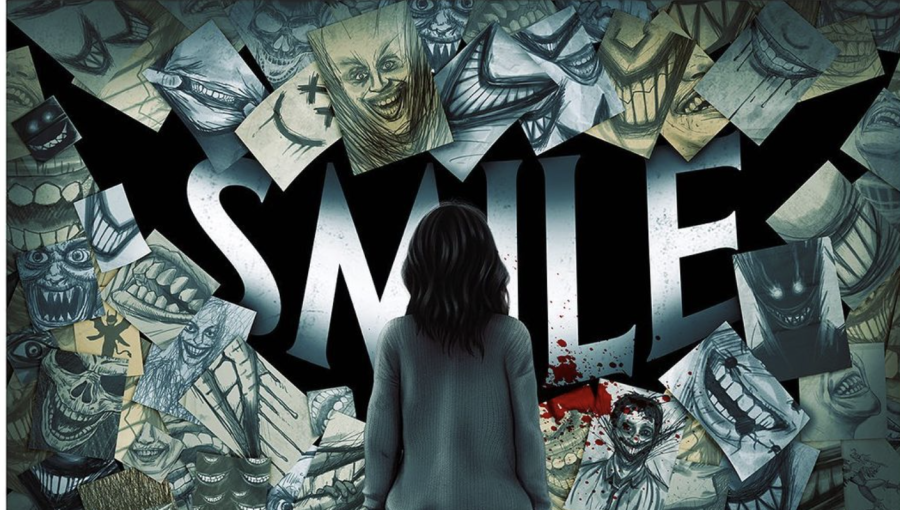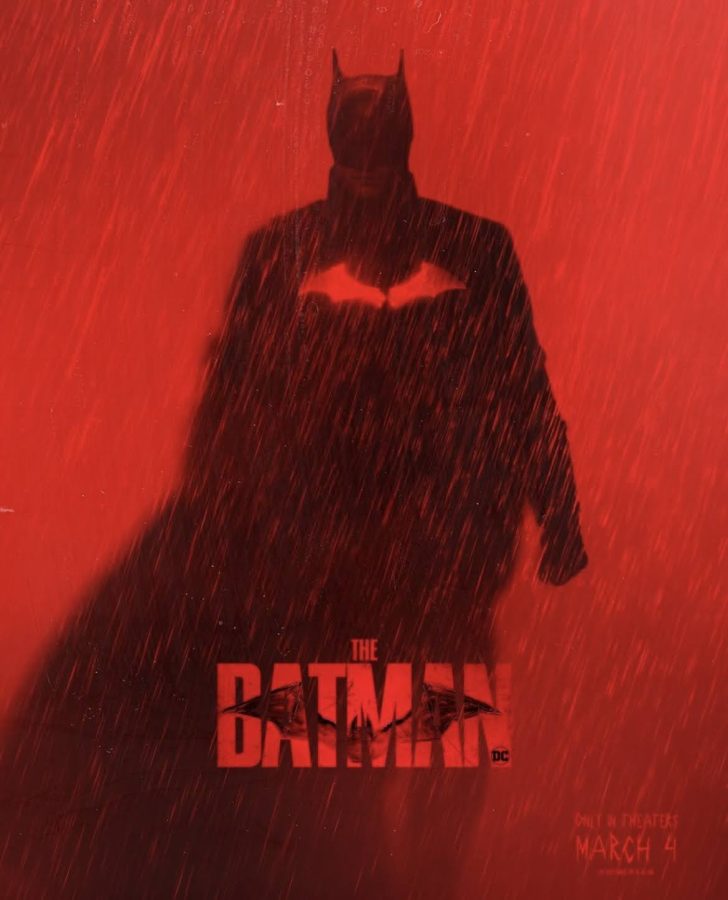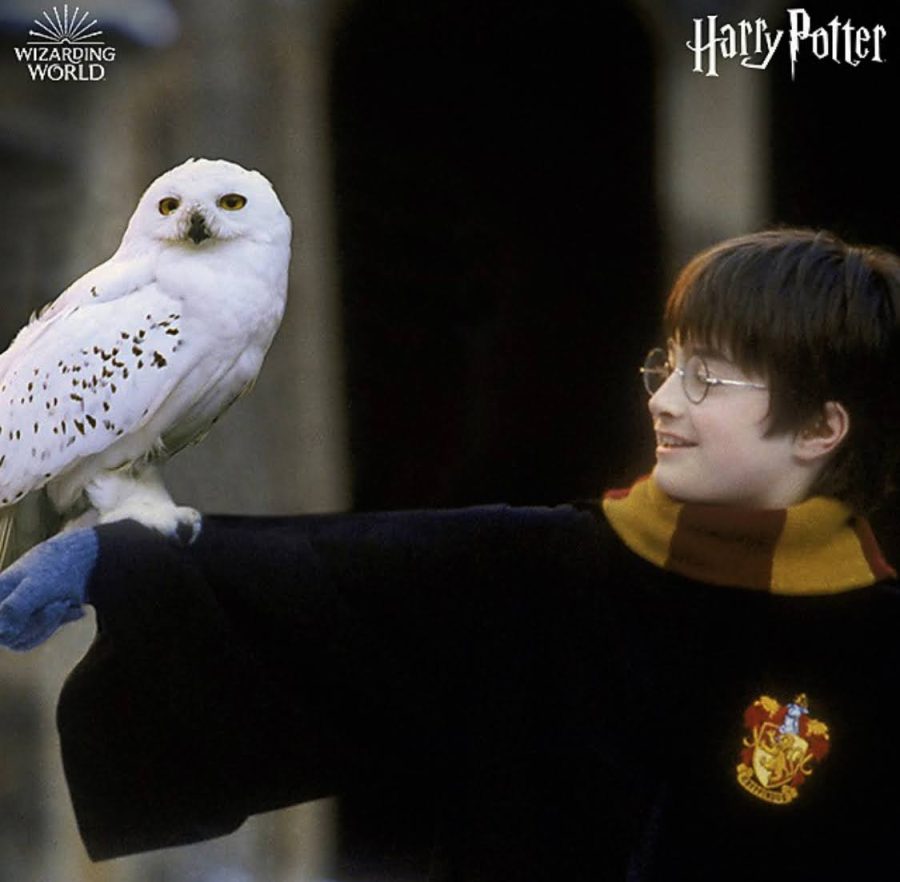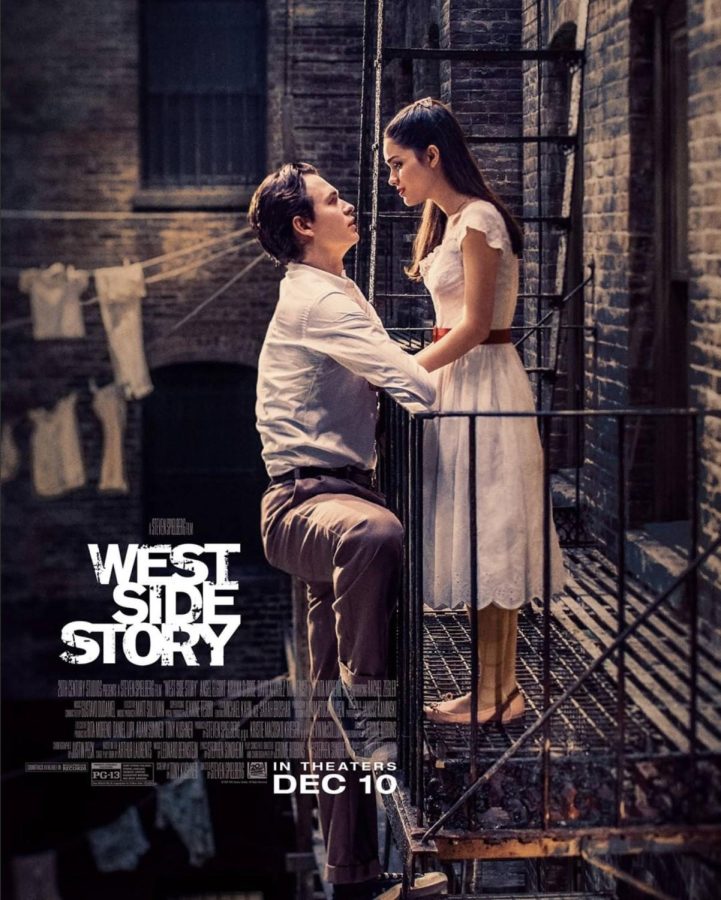To any person who has not had the fortune of experiencing a Wes Anderson movie, I highly suggest you let The Grand Budapest Hotel be your first.
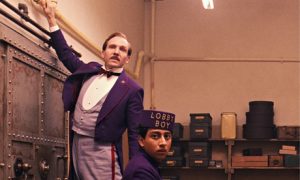
Anderson’s trademark attention to simplistic details and meticulous scene framing create a visionary setting akin to something you’d read out of a book. This is precisely the effect that lasted with me throughout the entirety of The Grand Budapest Hotel. What added to this book-like illusion was how the dialogue was written and consequently delivered by a star-studded cast that would be far too long to list here.
Another element that added to the effect was the transition from each of the three dispersed time frames that this unique tale hinges upon. The bulk that Anderson is most interested in showing is the year 1932, which revolves around the chaotic adventure of the Grand Budapest Hotel owner, M. Gustave, played by Ralph Fiennes, and his lobby boy Zero, played by Tony Revolori. The two have a relationship uncanny to any dynamic I’ve watched in a movie.
What surprised me the most about The Grand Budapest Hotel was how fluid the whole plot was orchestrated. Anderson even threw in some high action chase scenes, which in itself was a comical part of the movie.
The deceptively meaningless close up of various objects would imply that to enjoy this film, one would have to have a fascination of potentially miniscule things that could seem boring to others. The Grand Budapest Hotel did a good job of adding these subtle elements, while not detracting from the overall rising action of the plot.
Somehow, after all was said and done and the curtains had closed over the colossal screen, I sat satisfied, yet with some melancholy. This seems to be the typical reaction one has after watching any of Anderson’s poignant works of art.




